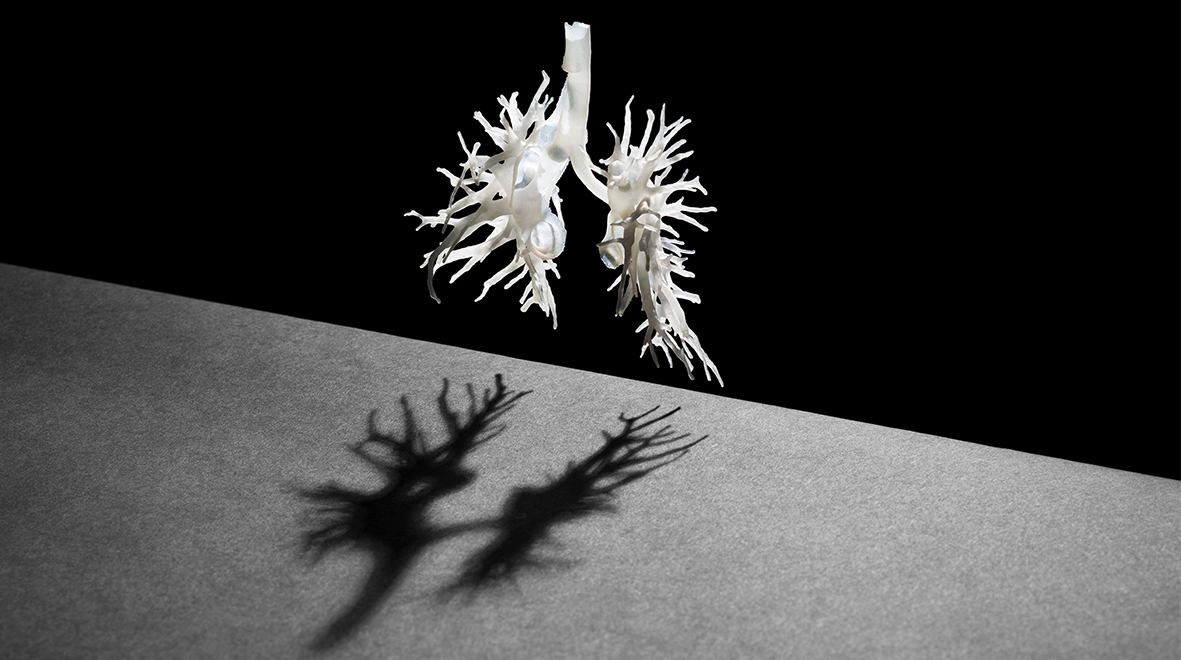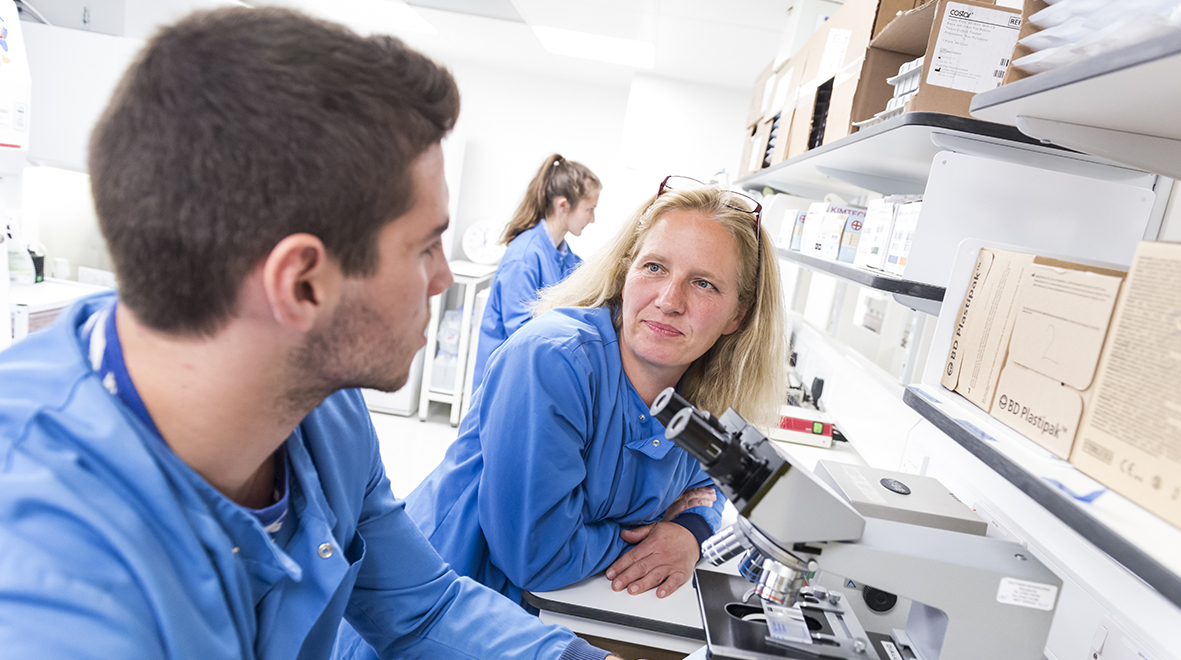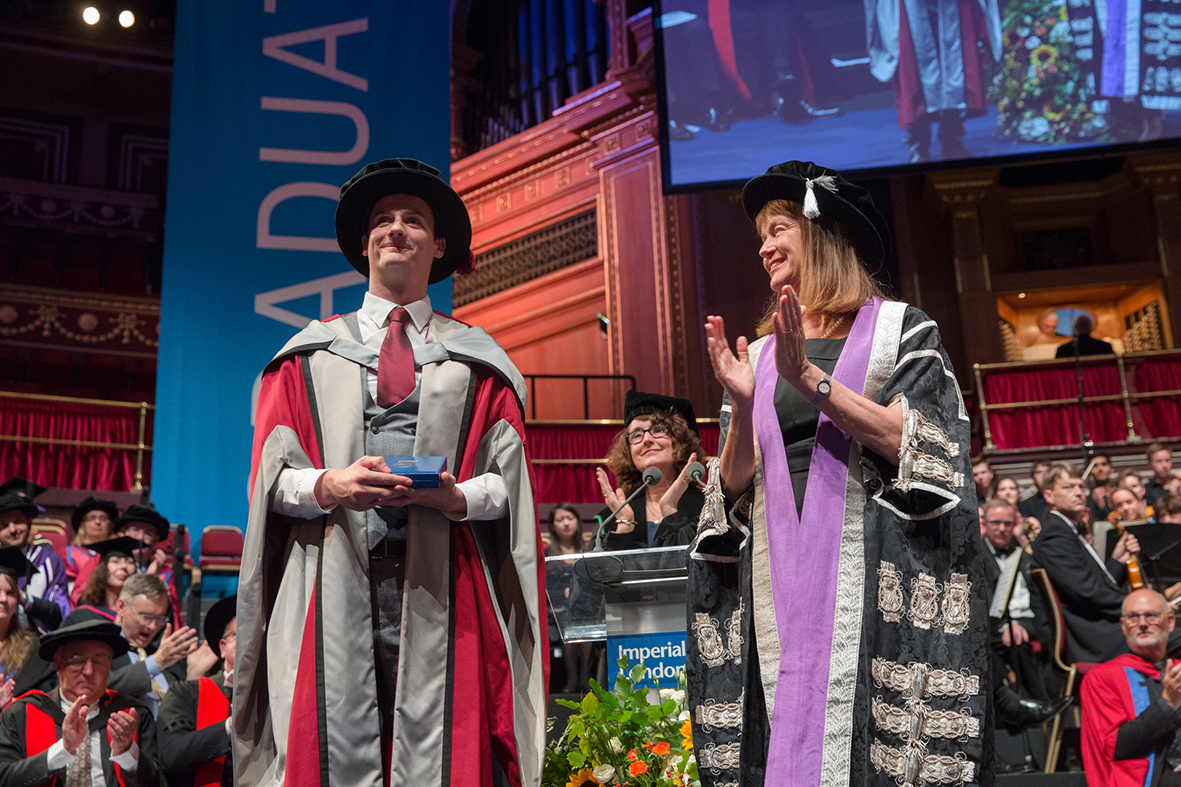Abdominal Thrust Manoeuvre: aka the eponymous ‘Heimlich Manoeuvre’

Is it time to update the Heimlich Manoeuvre? Dr Matt Pavitt recalls the experiences that led him to research this life-saving manoeuvre.
A little bit of history…
In 1974(1), Dr H Heimlich, published the results of an experimental animal study showing the effectiveness of the abdominal thrust manoeuvre to expel a foreign body from the upper airway. In a subsequent article in JAMA(2), Heimlich described his life-saving manoeuvre:
“Stand behind the victim and wrap your arms around the waist. Grasp your fist with your other hand and place the thumb side of your fist against the victim’s abdomen, slightly above the navel and below the rib cage. Press your fist into the victim’s abdomen with a quick upward thrust.” (more…)








 An eye-opening account by Professor Sir Tony Newman Taylor on how asbestos has gone from ‘magic mineral’ to deadly dust that can cause mesothelioma.
An eye-opening account by Professor Sir Tony Newman Taylor on how asbestos has gone from ‘magic mineral’ to deadly dust that can cause mesothelioma.